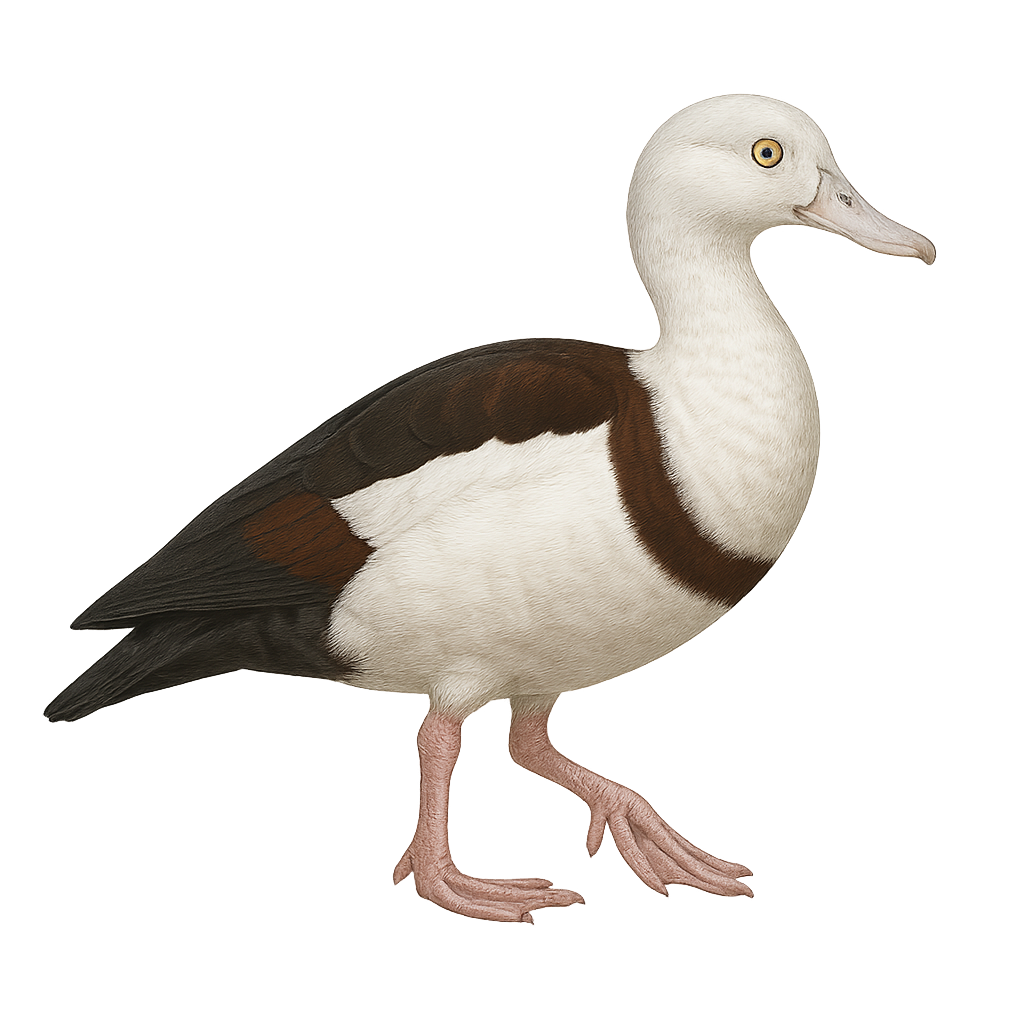Your wildlife photography guide.
Explore the radjah shelduck in detail, study its behavior, prepare your shots.
Where to observe and photograph the radjah shelduck in the wild
Learn where and when to spot the radjah shelduck in the wild, how to identify the species based on distinctive features, and what natural environments it inhabits. The WildlifePhotographer app offers tailored photography tips that reflect the radjah shelduck’s behavior, helping you capture better wildlife images. Explore the full species profile for key information including description, habitat, active periods, and approach techniques.
Radjah Shelduck
Scientific name: Radjah radjah

IUCN Status: Least Concern
Family: ANATIDAE
Group: Birds
Sensitivity to human approach: Suspicious
Minimum approach distance: 10 m
Courtship display: January to March
Incubation: 30-31 jours
Hatchings: February to April
Habitat:
Wetlands, mangroves, estuaries
Activity period :
Primarily active during the day, with peak activity in the morning and late afternoon.
Identification and description:
The Radjah Shelduck, scientifically known as Radjah radjah, is an elegant and distinctive waterbird primarily found in coastal regions and wetlands of Australia and New Guinea. It is characterized by its pure white plumage, contrasting with a black band on the wings and a pinkish hue on the bill. This duck prefers freshwater and brackish environments and is often seen in pairs or small groups. Although relatively tolerant, it remains vigilant against potential threats. The Radjah Shelduck feeds mainly on aquatic plants, insects, and small invertebrates. Its breeding season varies by region but is generally influenced by rainfall and resource availability.
Recommended lens:
400mm – adjust based on distance, desired framing (portrait or habitat), and approach conditions.
Photography tips:
To photograph the Radjah Shelduck, it is advisable to use a 400mm or longer telephoto lens to capture detailed images without disturbing the bird. Look for wetlands or estuaries where these ducks are often found. Be patient and discreet to avoid scaring them away. The best times to photograph them are early in the morning or late afternoon when the light is soft and flattering.
The WildlifePhotographer App is coming soon!
Be the first to explore the best nature spots, track rutting seasons, log your observations, and observe more wildlife.
Already 1 430 wildlife lovers subscribed worldwide

